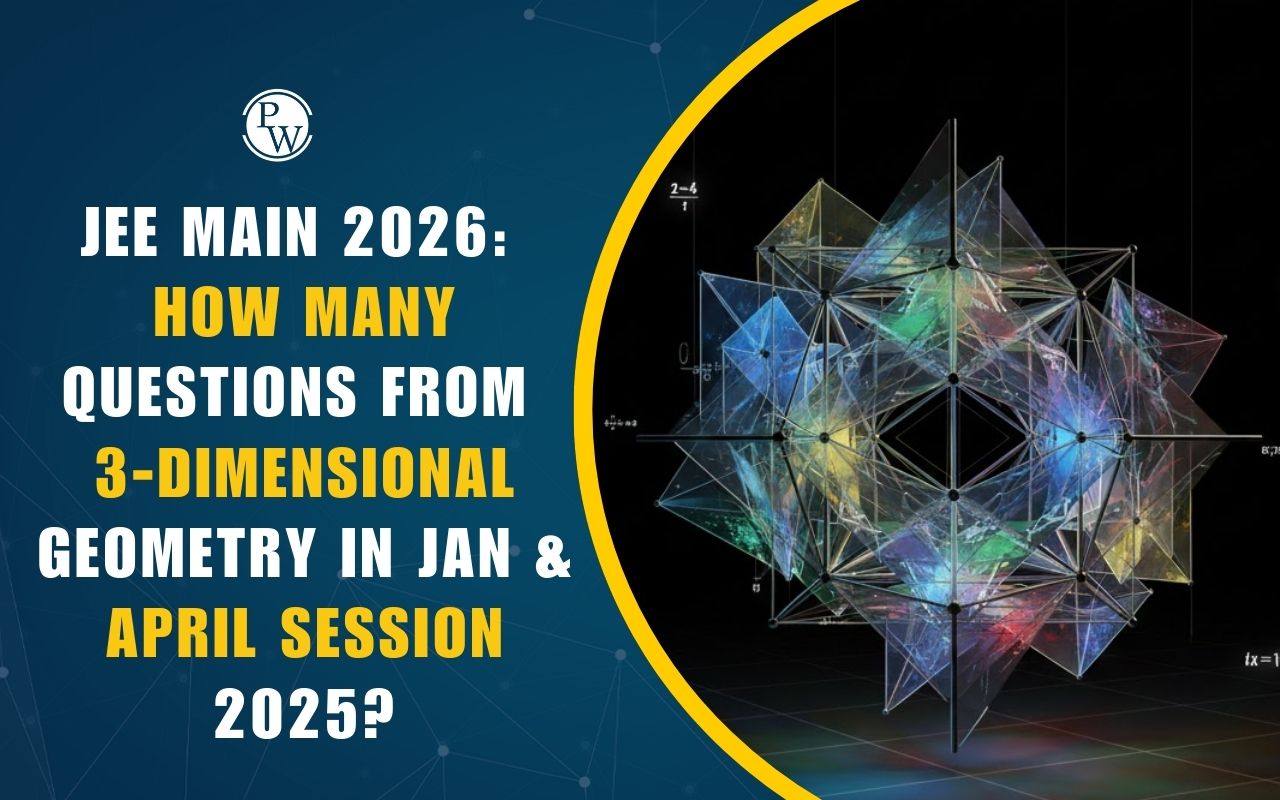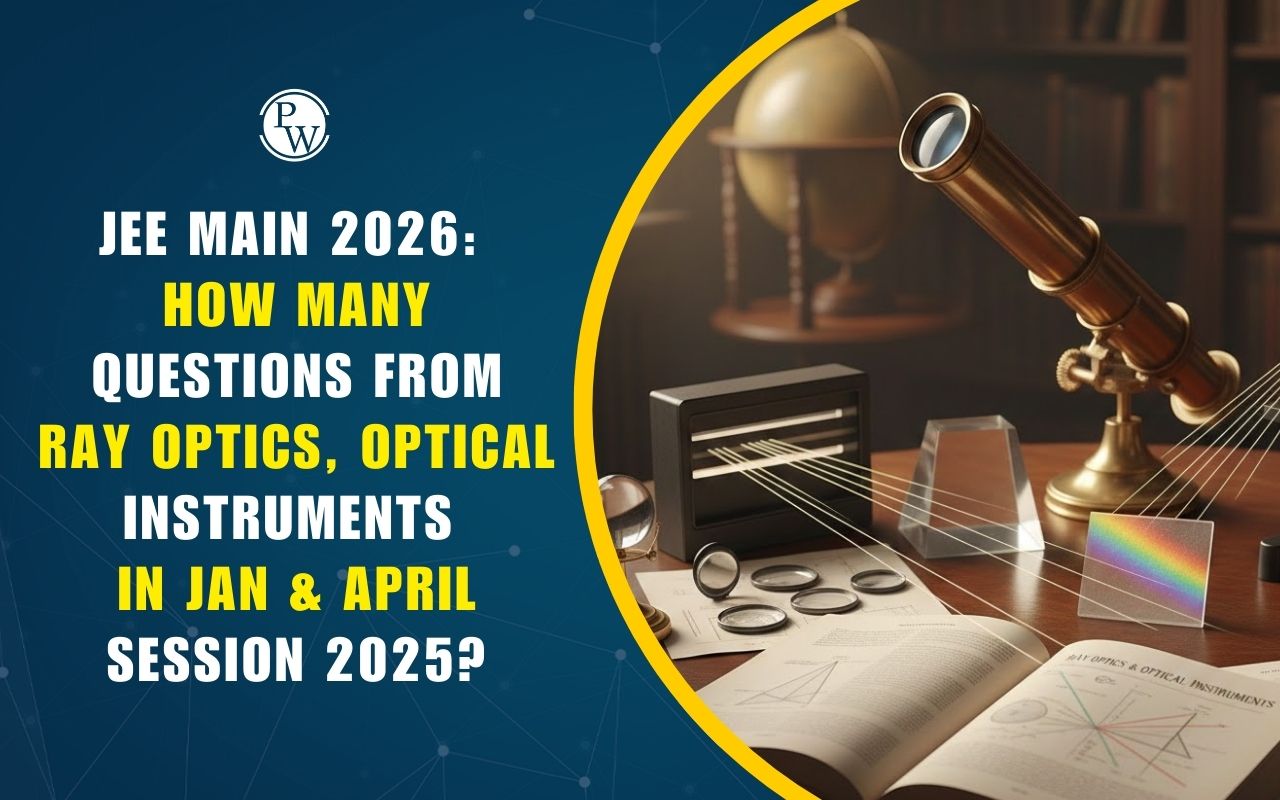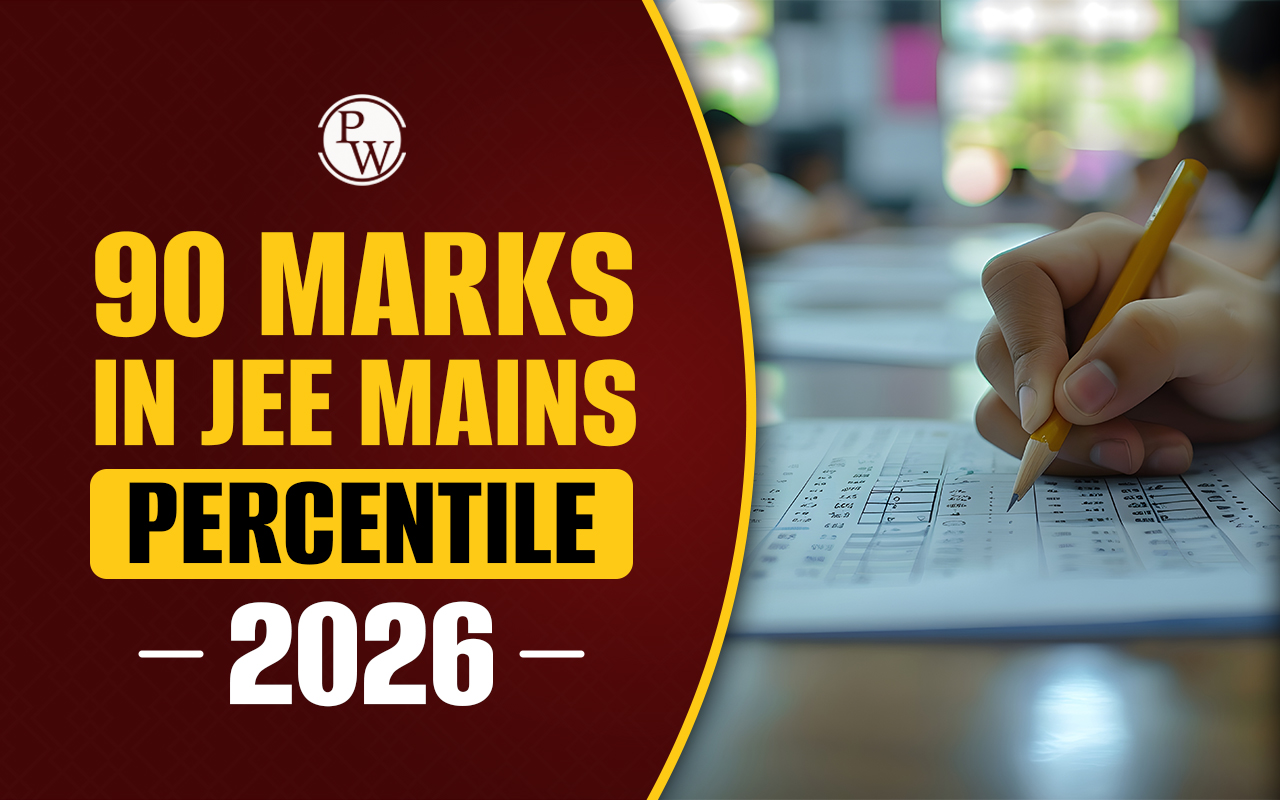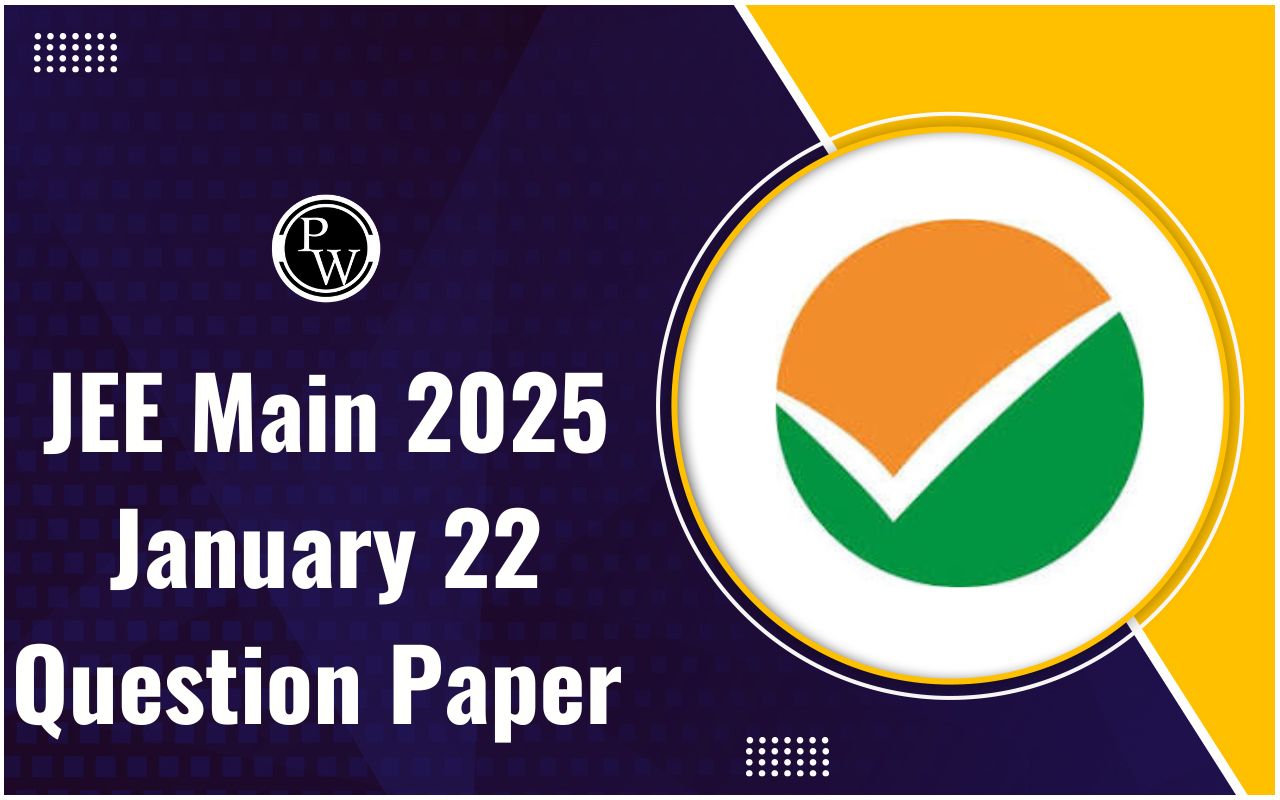
Kinematics : Welcome to our comprehensive guide on kinematics, a fundamental concept in physics that delves into the study of motion. In this article, we’ll explore the key principles and equations that define kinematics, as well as its various applications in different fields. We’ll learn about kinematics and the science behind it. Let’s get started, shall we?
What Is Kinematics?
The word “kinesis” means motion. Kinematics refers to the study of motion. It is the branch of physics that deals with the description of motion, focusing on the position, velocity, and acceleration of objects. It provides a foundation for understanding how objects move without considering the forces that cause the motion. From determining the trajectory of a bullet, to astrophysics and robotics the applications of kinematics is vast.Key Concepts Of Kinematics :
1. Reference Frame In Kinematics
Imagine you’re on a train. Inside the train, you and everything around you seem stationary. However, if you look out of the window, you see the scenery moving past. This is because your reference frame is the interior of the train. If you were to describe the motion of objects inside the train, you’d do so with respect to this frame. If we describe reference frame in bookish language, it is a coordinate system used to describe the position and motion of objects relative to a fixed point or set of points. It provides a framework for measuring and analyzing the movement of objects in physics. Reference frames are crucial in kinematics because they allow us to quantify and compare the motion of objects, taking into account how they relate to their surroundings. Different reference frames may yield different descriptions of the same motion, depending on their relative states of rest or motion.2.Displacement in Kinematics :
Displacement refers to the change in position of an object from its initial location to its final location. It is a vector quantity, which means it has both magnitude (numerical value) and direction. To put it simply, if you start at one point and end up at another point, the displacement is the straight-line measurement between these two positions, taking into account the shortest path. It doesn’t consider the actual path taken, only the initial and final points. For example, if you move from point A to point B and then back to point A, your total displacement would be zero because you’ve returned to your original position. However, your total distance traveled might be greater, as it accounts for the actual path you took. Displacement is important in kinematics because it provides information about an object’s change in position, regardless of the path taken. It’s a fundamental concept used in various branches of physics, including kinematics, mechanics, and engineering.3.Velocity In Kinematics :
Velocity is a vector quantity that describes the rate at which an object changes its position. It includes both the object’s speed (magnitude of velocity) and its direction of motion. In other words, velocity not only tells us how fast an object is moving but also in which direction it is moving. Mathematically, velocity (v) is defined as the change in displacement (∆s) over a specific period of time (∆t): v = ∆s/∆t Here, (∆s) represents the change in position or displacement, and (∆t) represents the change in time. For example, if an object travels 100 meters in 10 seconds in a specific direction, its velocity is 10 meters per second (m/s) in that direction.Also Check : JEE Main Previous Year Question Papers
Velocity is a crucial concept in kinematics as it provides a comprehensive description of an object’s motion. It’s distinguished from speed, which is a scalar quantity and only represents the magnitude of motion without considering direction.4. Acceleration in Kinematics :
Acceleration is a vector quantity in physics that describes the rate of change of an object’s velocity over time. Like velocity, acceleration has both magnitude (how much the velocity changes) and direction. It measures how quickly an object is speeding up or slowing down. Mathematically, acceleration (a) is defined as the change in velocity (∆v) divided by the change in time (∆t): a = ∆v/∆t Here, (∆v) represents the change in velocity, and (∆t) represents the change in time. For instance, if a car goes from 0 m/s to 20 m/s in 5 seconds, its acceleration is 4 meters per second squared (m/s²). This means the car’s velocity increases by 4 m/s every second.Check : JEE Main Deleted Syllabus 2024 For Physics
Equations Of Motion :
- Constant Velocity In Kinematics :
- Displacement With Constant Acceleration In Kinematics :
- Final Velocity With Constant Acceleration In Kinematics :
Check : Important Chapters and Topics to Rank Higher In JEE
1. Applications of Kinematics :
- Projectile Motion in Kinematics : Kinematics plays a crucial role in understanding and analyzing projectile motion . Projectile motion refers to the motion of an object that is launched into the air and subject only to the force of gravity and air resistance (if applicable). Here’s how kinematics is applied in this scenario:
- Separation of Motion : In projectile motion, the motion in the horizontal (x) and vertical (y) directions are considered separately. This allows us to analyze the object’s motion in each direction independently.
- Initial Velocity Components : The initial velocity of the projectile is typically divided into horizontal and vertical components. This allows us to treat the motion in each direction separately.
- Time of Flight : Kinematic equations are used to calculate the time it takes for the projectile to reach its highest point (when its vertical velocity becomes zero) and the total time of flight until it returns to the same height it was launched.
- Maximum Height : Using kinematic equations, we can determine the maximum height reached by the projectile. This is the point where the vertical velocity becomes zero.
- Range : The horizontal distance traveled by the projectile, known as the range, can be calculated using kinematics. It is influenced by the initial velocity and launch angle.
- Trajectory : By combining the horizontal and vertical motions, we can describe the entire path or trajectory of the projectile.
- Impact Velocity : Using kinematic equations, we can find the velocity with which the projectile impacts a surface, which is essential for applications like ballistics.
- Angle for Maximum Range : Kinematics can be used to find the launch angle that results in the maximum range for a given initial velocity. Overall, kinematics provides the mathematical framework necessary for precise analysis and prediction of projectile motion. This knowledge is invaluable in various fields, including physics, engineering, sports, and ballistics.
2.Vehicle Dynamics And Kinematics :
Understanding kinematics is essential for optimizing the performance and handling characteristics of vehicles.3. Robotics and Automation in Kinematics:
Kinematics plays a pivotal role in programming and controlling the motion of robots, enabling precise and efficient movements.Motion Graphs In Kinematics :
Position Motion Graphs In Kinematics
Position Motion Graphs In Kinematics : Time Graphs (or Displacement-Time Graphs):These graphs show the object’s position (or displacement) as a function of time. The slope of the graph at any point represents the object’s instantaneous velocity, and the area under the curve between two points represents the displacement.
Velocity Time Graphs In Kinematics
Velocity Time Graphs In Kinematics : These graphs represent an object’s velocity as a function of time. The slope of the graph at any point represents the object’s acceleration. Additionally, the area under the curve between two points represents the displacement.
Acceleration Time Graphs In Kinematics
Acceleration Time Graphs In Kinematics : These graphs show the object’s acceleration as a function of time. The area under the curve between two points represents the change in velocity.
These graphs are essential tools in studying the kinematics of objects in motion. They provide a clear and visual way to analyze and interpret the relationships between position, velocity, and acceleration. By examining these graphs, one can gain valuable insights into the behavior of moving objects. In conclusion, kinematics provides a powerful framework for describing and analyzing motion. By understanding the concepts and equations presented in this guide, you’ll be equipped to tackle a wide range of problems related to motion in various scientific and engineering disciplines.Check : JEE Main Maths syllabus
Kinematics : FAQs
Q.1: What is Relative Motion?
Q.2 : What is Projectile Motion?
Q.3 : What is the Difference Between Speed and Velocity?
Q.4 : How is Average Velocity Calculated?










